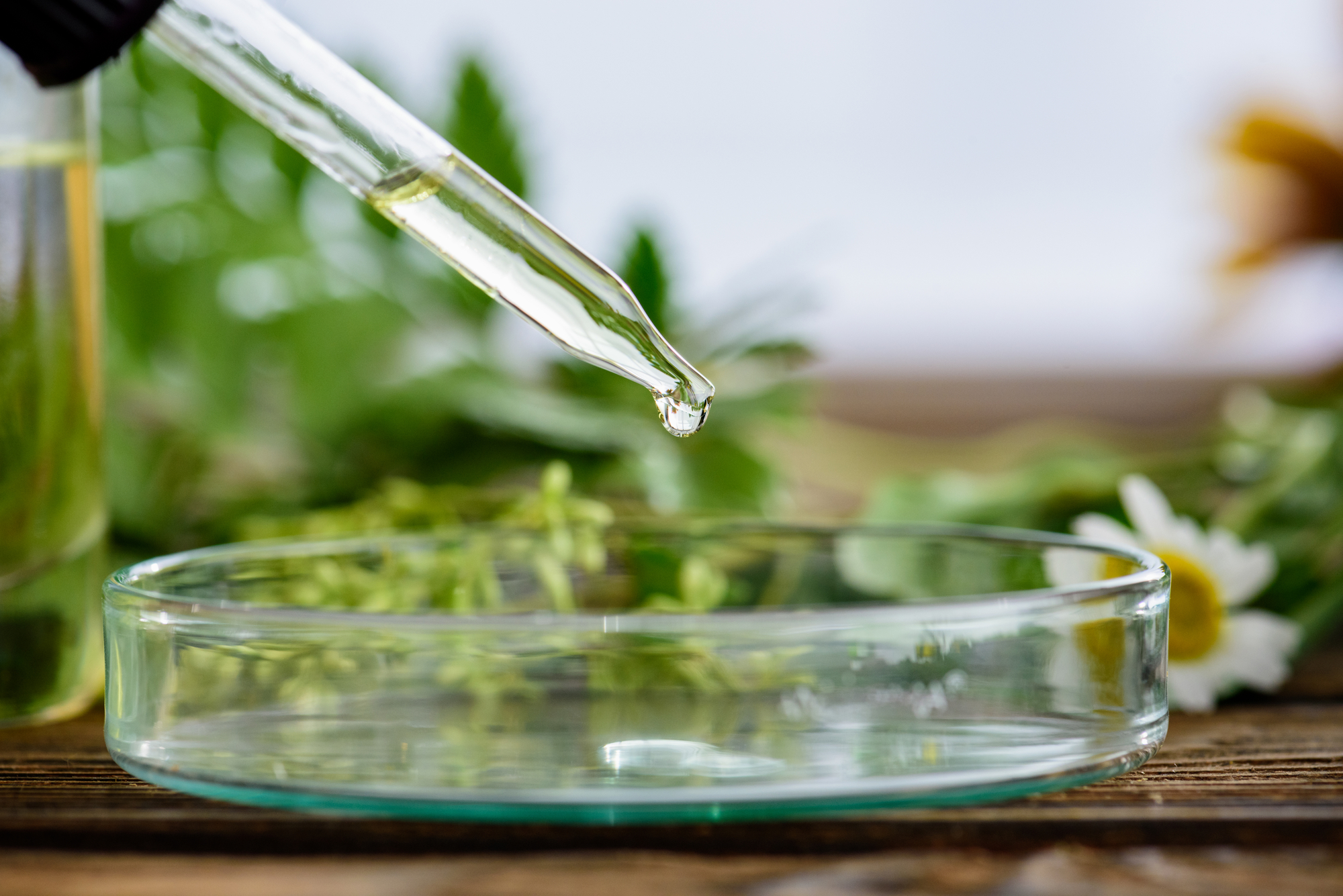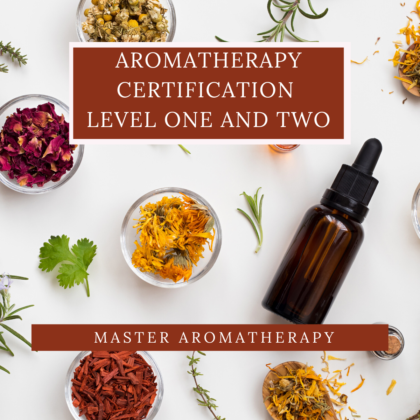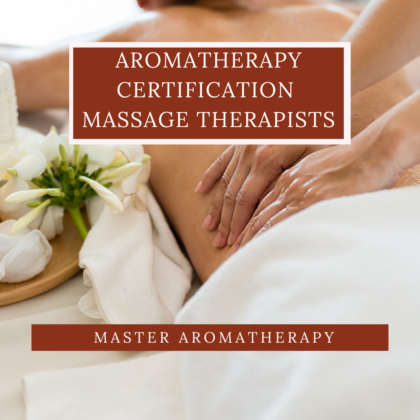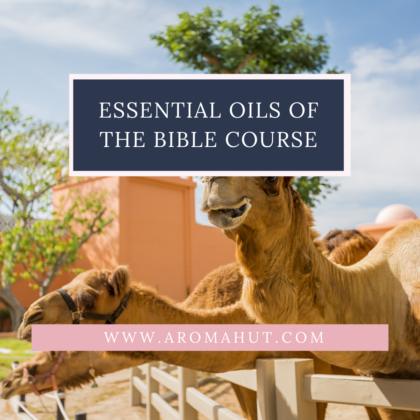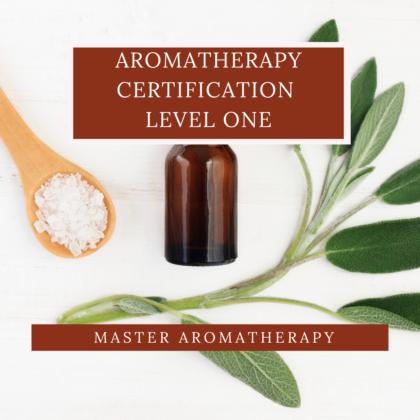| Anise (Pimpinella anisun) | Pink Grapefruit (Citrus racemosa or Citrus x paradisi) |
| Blue Tansy (Tanacetum annuum) | Hyssop (Hyssopus officinalis) |
| Bay Laurel (Laurilus nobilis) | Juniper Berry (Juniperus communis) |
| Black Pepper (Piper nigrum) | Marjoram (Origanum marjorana) |
| Cinnamon Bark (Cinnamonum zeylanicum) | Myrrh (Commiphora myrrha) |
| Cardamom (Elettacia cardamomum) | Nutmeg (Myristica fragrans) |
| Clove Bud (Syzygium aromaticum) | Onycha Benzoin (Styrax benzoin) |
| Coriander (Coriandrum sativun) | Oregano (Origanum vulgare) |
| Cumin (Cuminum cyminum) | Petitgrain (Citrus aurantium ar. amara fol) |
| Dill (Anethum gravelens) | Pine (Pinus sylvestris) |
| Fennel (Foeniculum vulgare dulce) | Sage (Salvia officinalis) |
| Galbanum (Ferula galbaniflua) | Tarragon (Artemisia dracunculus) |
| German Chamomile (Matricaria recutias) | Thyme (Thymus vulgaris var. linalool) |
| Ginger (Zingiber officinal) | Myrtle (Myrtus communis) |
| Siberian Fir (Abies sibirica) | Balsam (Commiphora Opobalsamum) |

